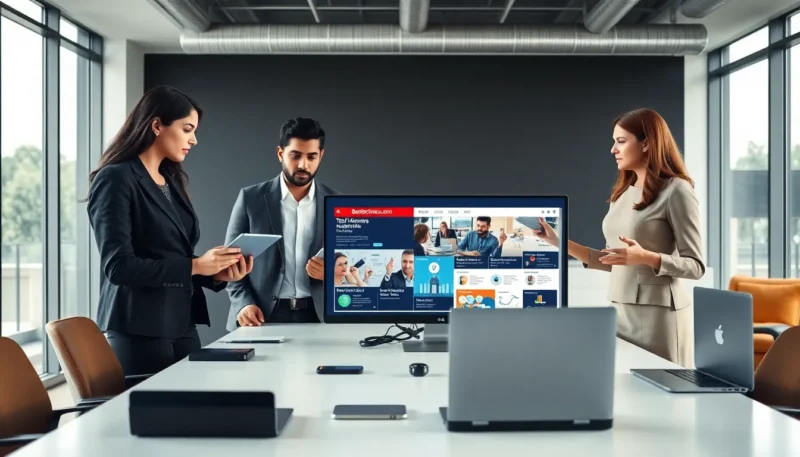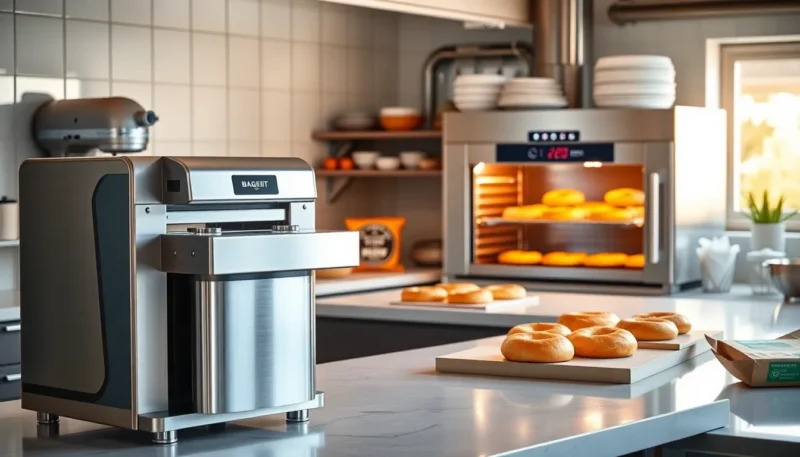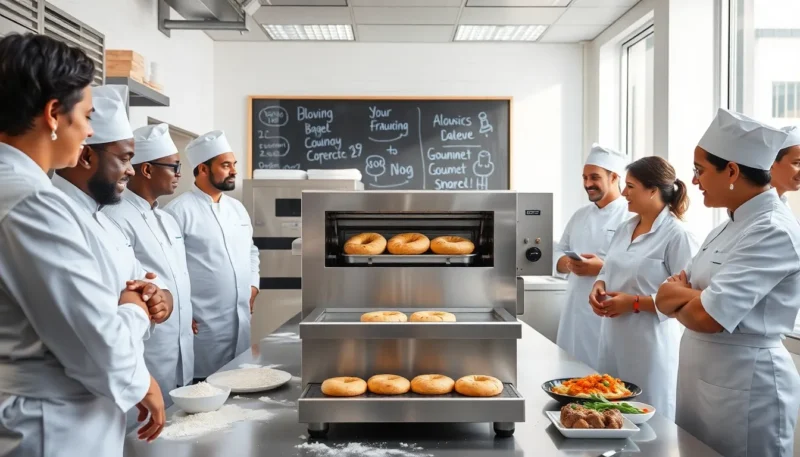
Correctly selected lifting equipment will allow you to establish uninterrupted operation, reduce downtime and increase safety at the facility. However, the market offers dozens of models with different characteristics and operating conditions. In this article, you will learn what parameters to rely on when choosing, what types of lifts are suitable for various tasks and why you should only contact a trusted supplier who will help you save time and avoid mistakes.
Assess the Real Tasks of Your Business
Before you start comparing models, you need to understand the conditions in which the equipment will be used. This directly determines which configuration will be most effective. If you have to perform work at height indoors, you will need a maneuverable and compact lift. For facade or construction tasks in open areas, more massive models with high cross-country ability are suitable.
It also matters how often you will operate the equipment. If you use it regularly, you should consider wear resistance and ease of maintenance. Temporary projects, on the contrary, are more profitable to service through renting or buying used models. Thus, when you clarify the nature of the work, you will avoid unnecessary expenses and get equipment that will work for the result.
What Types of Lifts Are There and How They Differ
There are many types of lifting equipment on the market, and each of them solves specific problems. Choosing the right category will help you avoid compromises between safety and efficiency.
For example, scissor lifts are suitable for lifting personnel and equipment on one vertical axis – they are easy to operate and stable on flat surfaces. Articulated models will allow you to work at height even in hard-to-reach places, especially if the work area is partitioned. Telescopic options will give you the maximum horizontal radius. And towable boom lifts, despite their compact dimensions, will retain excellent performance characteristics and can easily move between objects.
Knowing these differences, you will select equipment that will cope with your tasks without excessive characteristics and costs.
Which Drive to Choose: Electric or Diesel
Your choice between electric and diesel drive will depend on the working conditions. For closed spaces or facilities with noise and emission restrictions, electric lifts will be the best option. They operate almost silently, do not require fuel and have low operating costs.
If you are going to use the equipment on a construction site or in conditions without power sources, a diesel lift will provide autonomy and greater power. It will cope with lifting heavy loads, will work on uneven surfaces and will not require recharging. Thus, you will choose a drive that will ensure stable operation without additional costs and risks.
New or Used Equipment: How to Make a Smart Choice
If you have a limited budget or for temporary projects, you can save money and choose used equipment. In this case, you should only work with reliable suppliers who will provide full information about the condition of the equipment, the history of operation and the availability of service.
Buying new equipment is suitable if you plan on long-term use, high load and maximum reliability. Modern models are characterized by increased safety, economical fuel consumption and minimal repair costs.
Zuma Sales will offer you both new and used models, and will help you calculate the payback period and choose the best option taking into account your tasks.
Rent or Purchase: What’s Right for You
If you run a seasonal business or work on projects with a limited time frame, renting lifting equipment will save you from having to invest in purchasing and maintaining it. You will get access to reliable equipment without diverting resources to logistics and storage.
Purchase will be justified if you plan to use the equipment on a permanent basis. In this case, you will get rid of regular rental payments and gain full control over the equipment resource. Zuma Sales experts will help you calculate the benefits of each option and offer conditions that suit your work format.
What to Look for When Choosing a Model
When choosing a specific model, you should pay attention to the technical specifications. When you understand the technical features of the models, you will avoid a mismatch between expectations and the capabilities of the equipment. The following parameters are especially important:
- Maximum working height. Determines the limit of tasks that the equipment can handle without the use of additional equipment;
- Load capacity. It determines whether the lift can transport several workers and the necessary equipment at the same time;
- Wheel type and chassis. Important for moving on uneven terrain or smooth concrete surfaces;
- Autonomous operation capabilities. Include battery capacity, fuel supply, and ease of recharging;
- Safety system. The presence of stabilizers, overload sensors, automatic stop in case of deviations.
Why You Should Contact Zuma Sales
Zuma Sales is not just a supplier of equipment, but a partner who will help your business grow and develop. The company will offer you a wide range of lifting equipment and select a solution for specific tasks, be it a short-term project or large-scale construction.
You will receive professional advice, flexible terms of purchase or lease, as well as confidence that the equipment will meet all safety and efficiency requirements.
The Zuma Sales team will consider your budget, type of business and technical conditions, as a result of which they will offer equipment that will work at full capacity from day one.
Conclusion
The choice of lifting equipment requires a balanced approach, understanding of the tasks and operating conditions. If you approach the issue strategically, assess the prospects and contact specialists, you will get a result that will not take long to come.
Zuma Sales is your reliable partner who will help you invest with maximum return.














